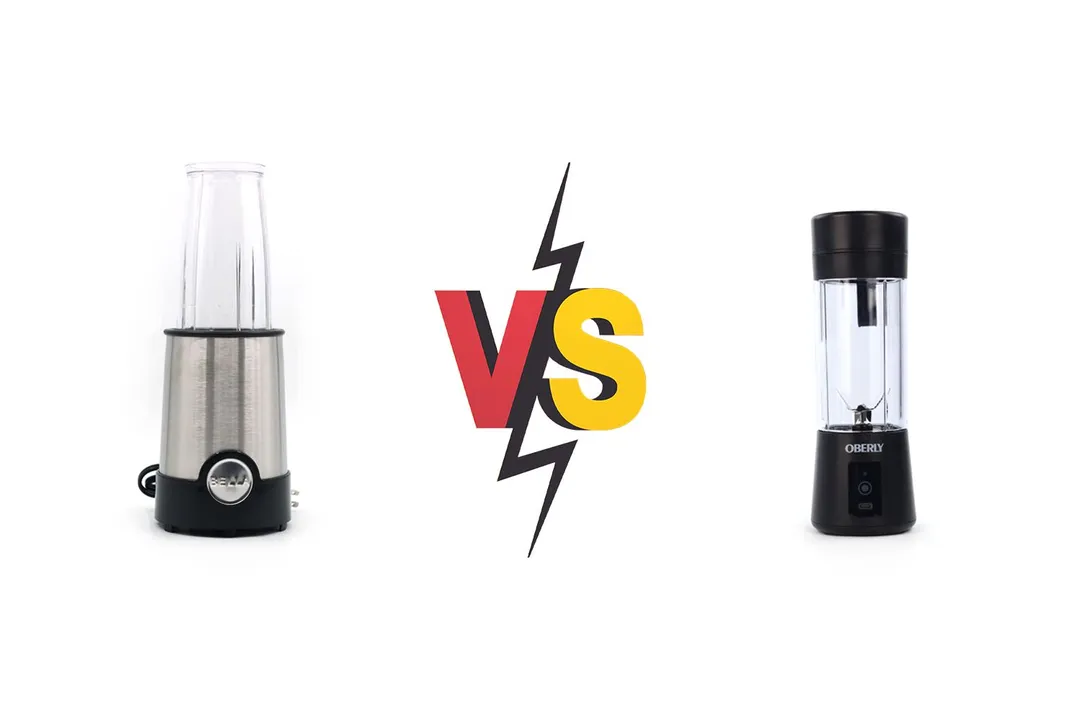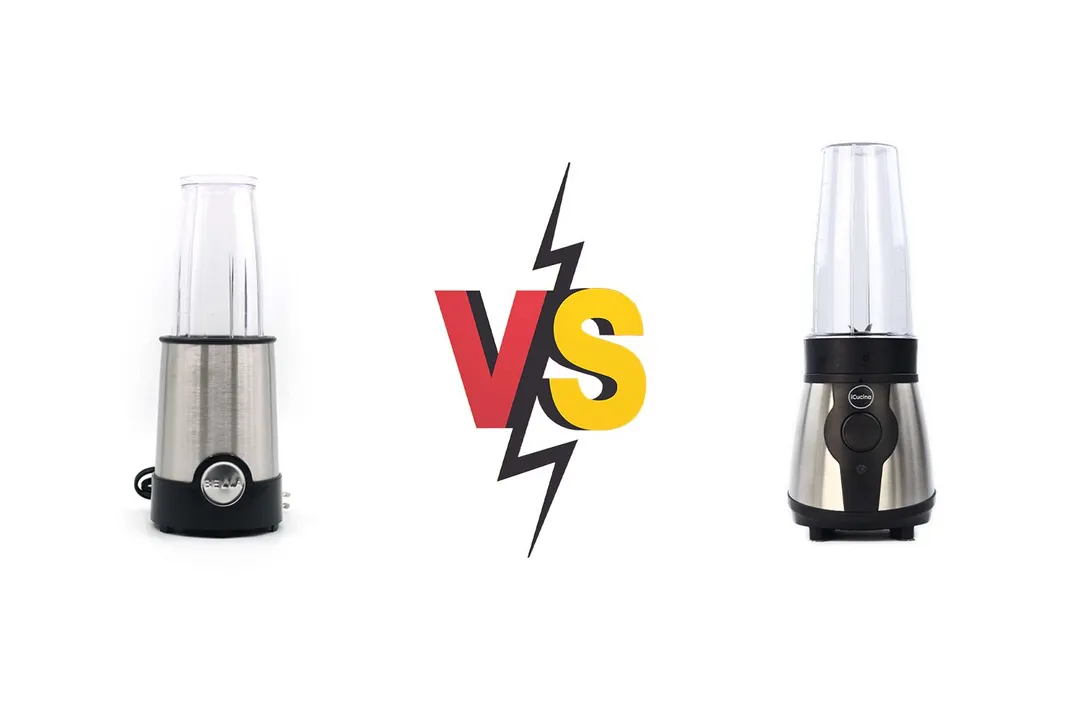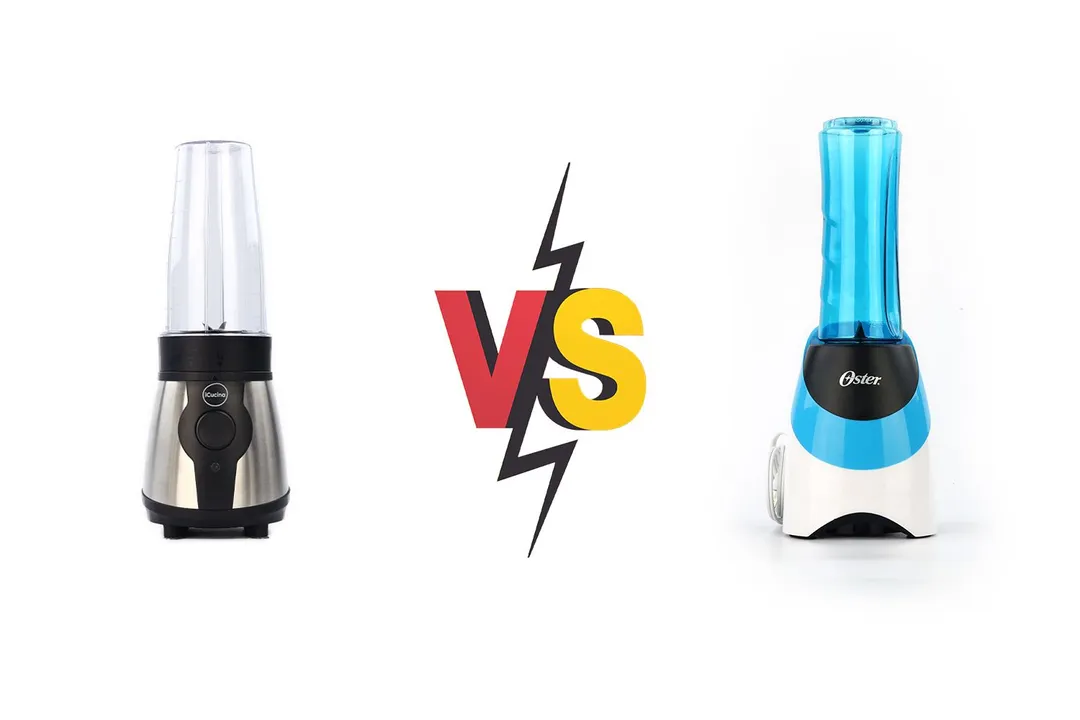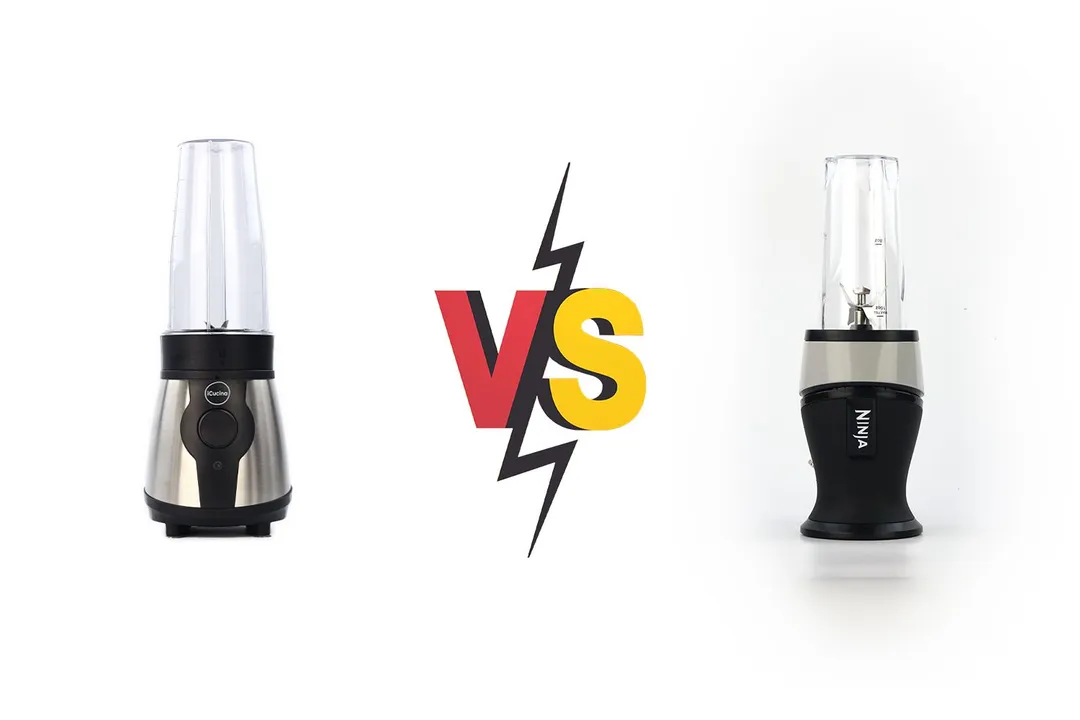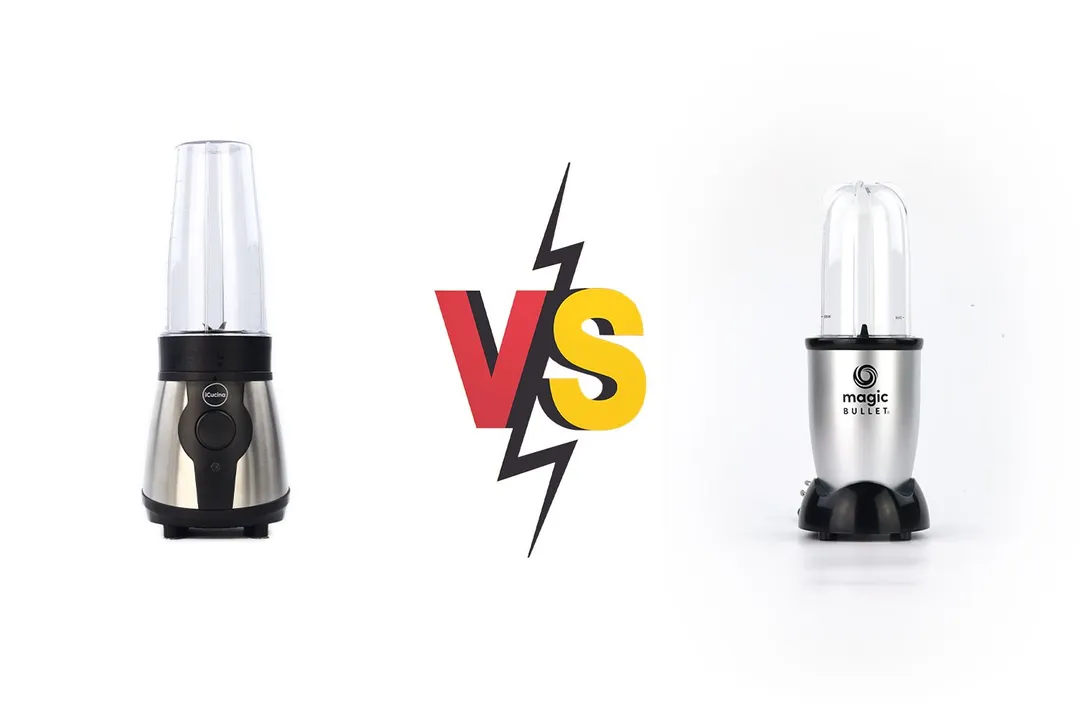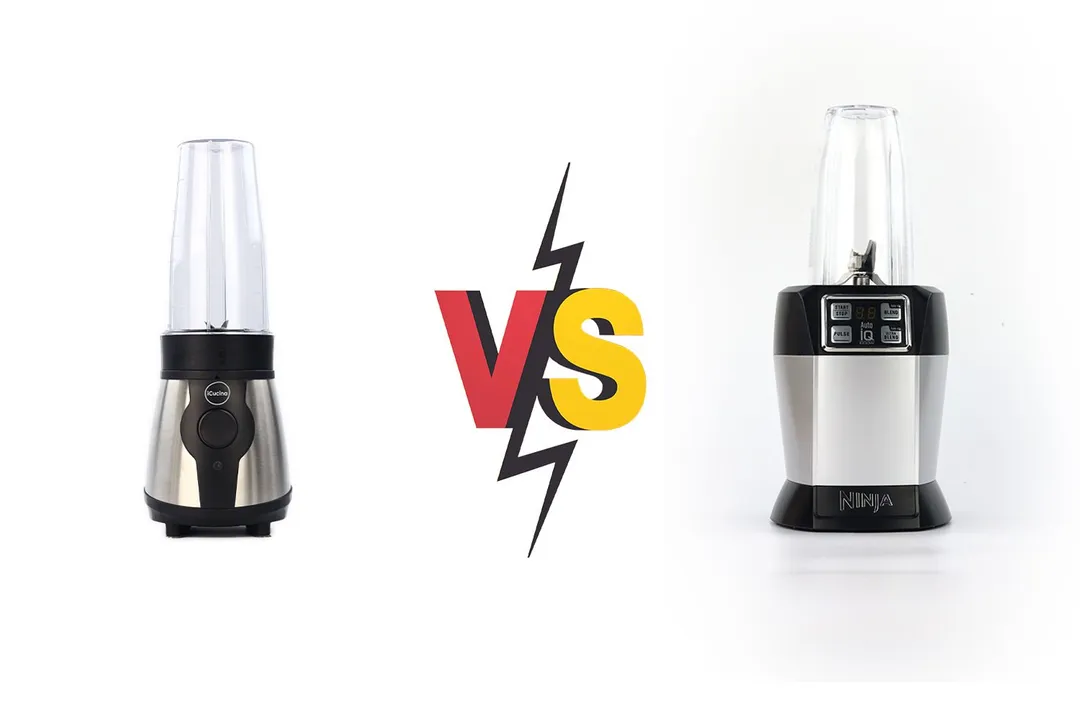Our recommendations are made independently through Research & Testing. We may receive commissions from purchases made via our links.
OBERLY Portable Blender vs iCucina Portable Bullet Side-by-Side Comparison
OBERLY Portable Blender vs iCucina Portable Bullet comparison. We break down their quality, efficiency, and more to help you find the best suited personal blender.
OBERLY Portable Blender
Tested Using Methodology v1.0iCucina Portable Bullet
Tested Using Methodology v1.0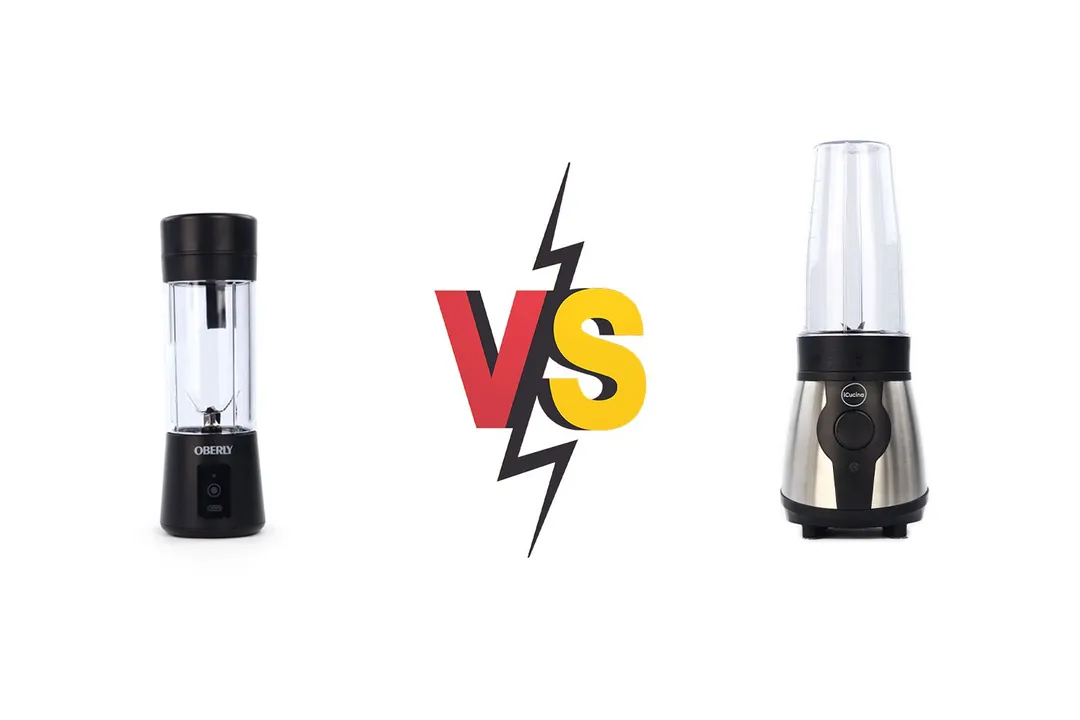
Overall Verdict
Despite the claims from many brands, including OBERLY, that their cordless personal blenders can handle a wide range of textures, we have yet to find a model that can truly live up to those claims. In our testing, the OBERLY's performance was lackluster, producing mediocre results across a variety of blends, from protein shakes to frozen fruit smoothies to fibrous mixtures.
Similarly, the iCucina Portable Bullet delivered only moderate results in our trials, failing to meet our expectations from testing some of its peers. Nevertheless, in comparison to the OBERLY, the iCucina model was able to produce more evenly blended drinks, which had an acceptable level of smoothness that should please the majority of home cooks.
Pros & Cons
- Cordless design provides excellent mobility.
- Quite convenient for small batches of baby food and fresh fruit smoothies.
- It’s very easy to charge the battery.
- It’s good for simple plant-based blends.
- Built quality is mediocre but fine for the price.
- Simple design allows for straightforward use, cleaning, and storage.
- It stands stably, rather than jumping around, while working.
- The 175-watt motor is too weak to ensure quick, smooth blends.
- In exchange to its cheap price is a relatively flimsy construction.
- For a thorough blending process, it requires cutting the food into tiny particles.
- Some may find it annoying to shake the blender while it is blending.
- The lack of versatility.
- Short power cord.
Key Specs
Where to Buy
*You help support HealthyKitchen101's product testing and reviews by purchasing from our retail partners.
Analysis and Test Results
Performance
Protein Shake
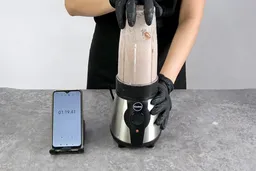
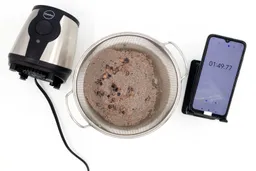
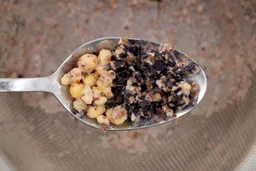
Frozen Fruit Smoothie

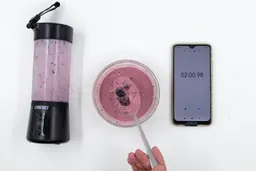

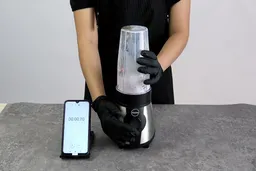
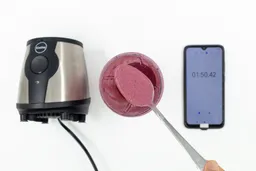

Fibrous Greens
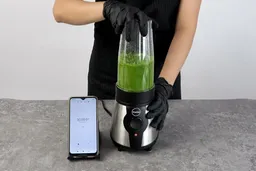
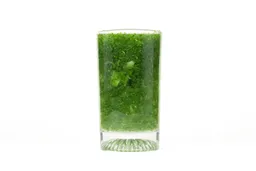
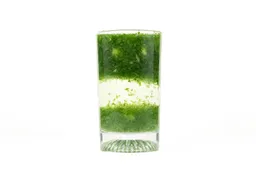
Crushed Ice Cubes

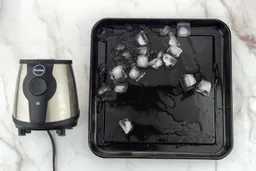
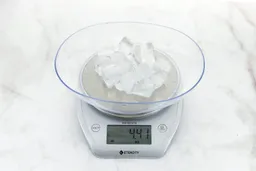
Design
In the Box

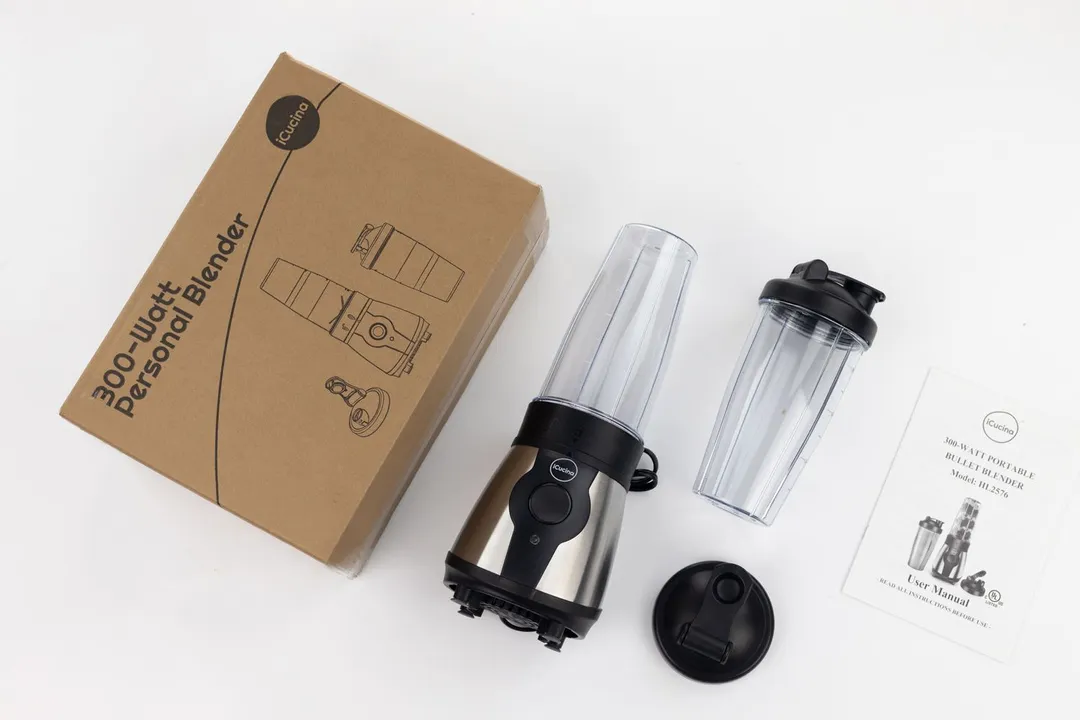
Dimensions


Build Quality
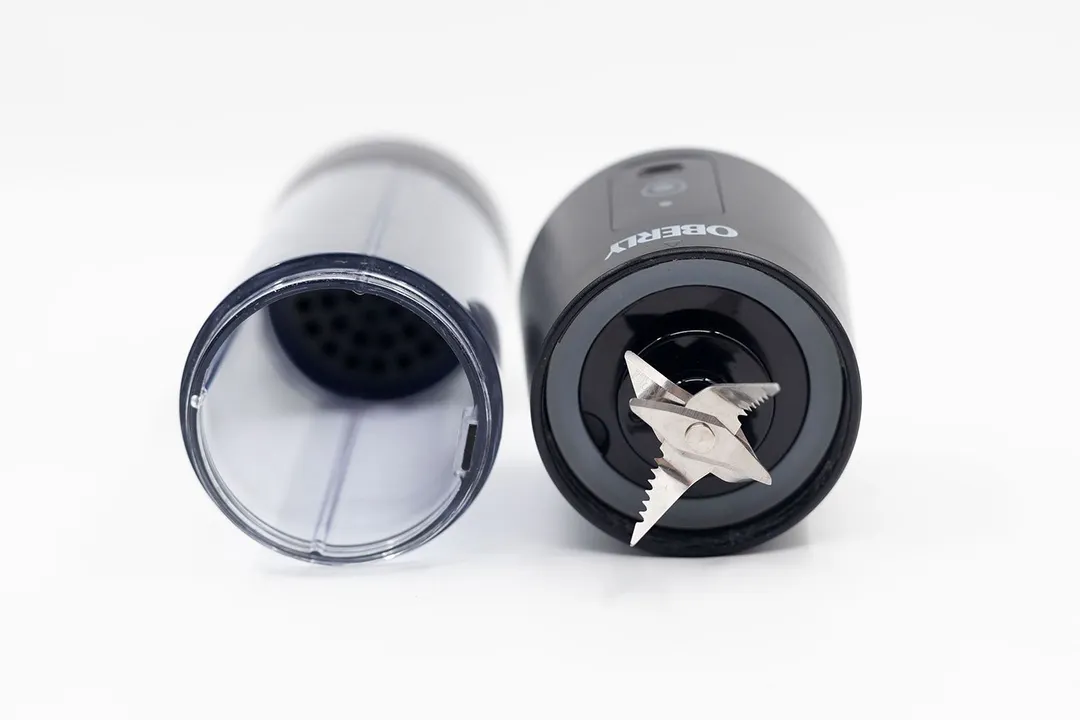

Blades
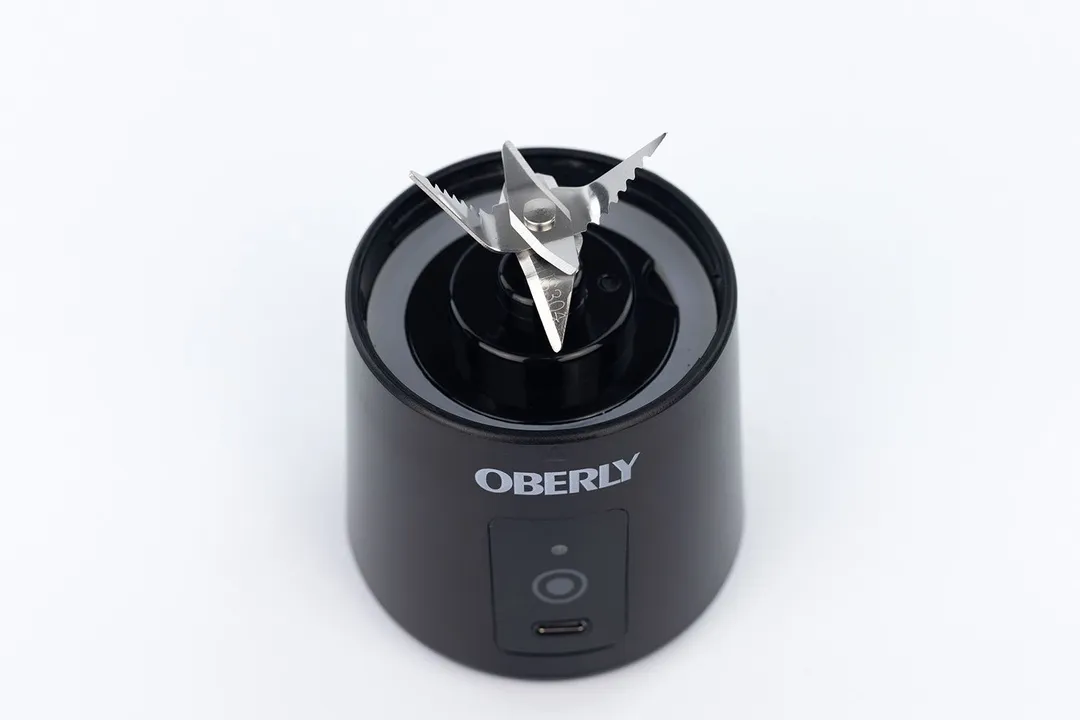

Motor Base


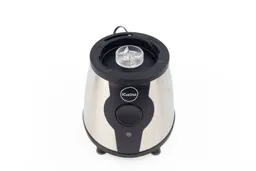
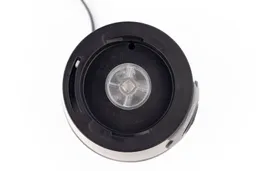
Blending Cup
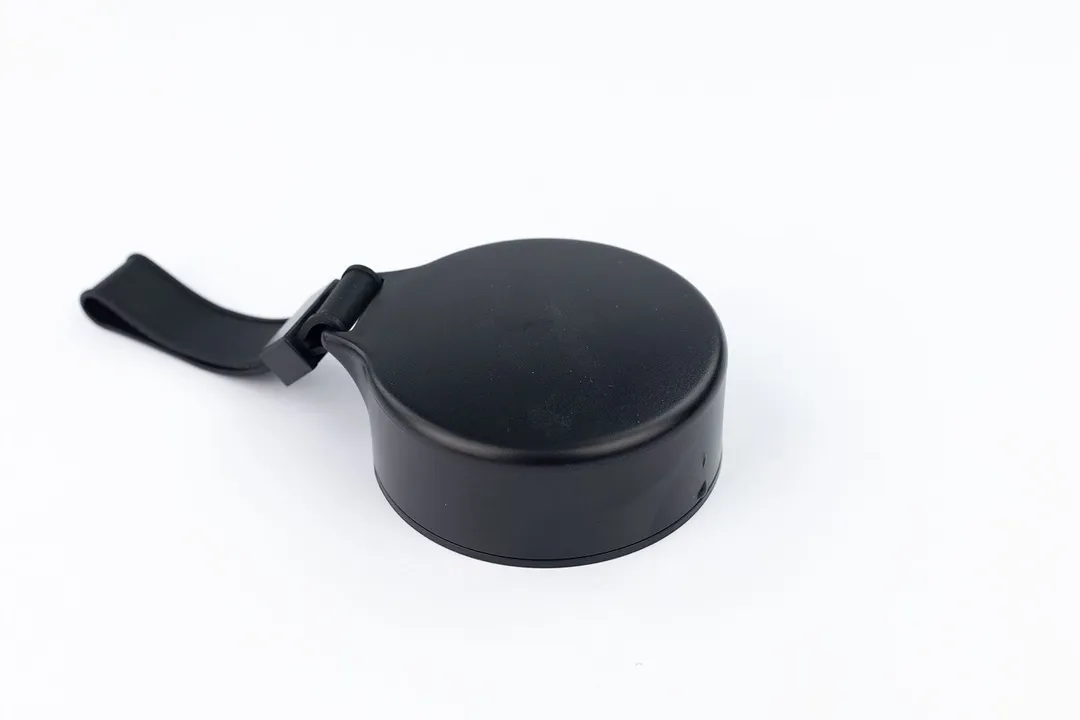

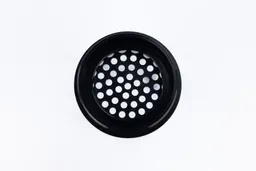

Speed and Controls

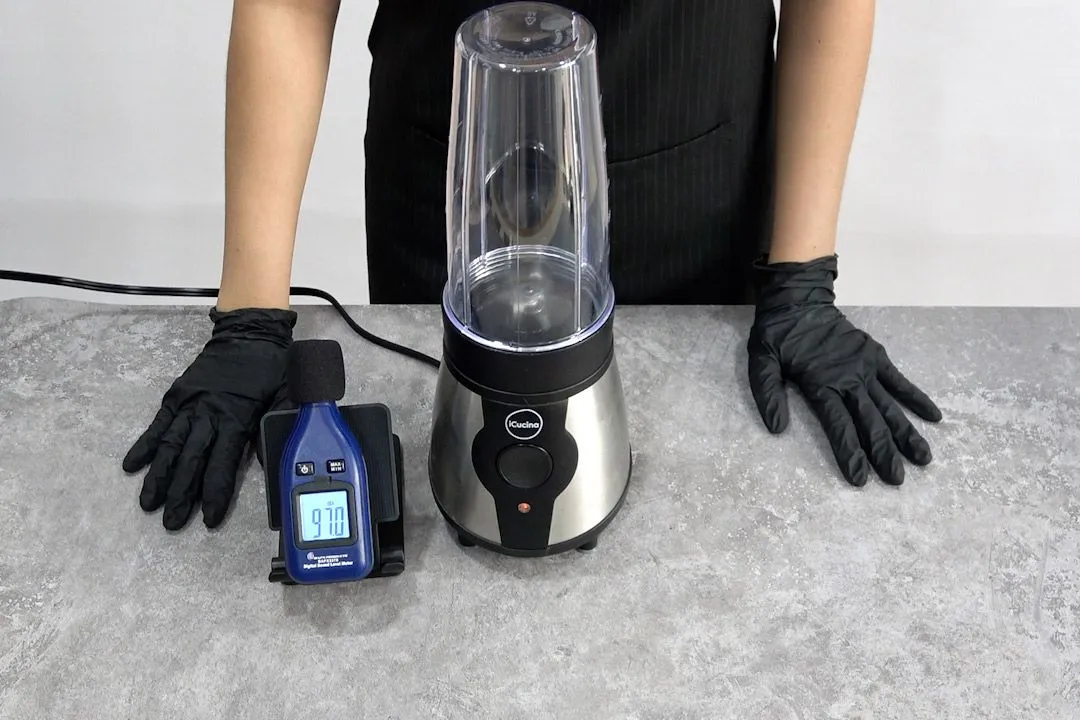
Usability
Hands-Free Operation
Assembly
Cleanability
Behind the Comparison
Tina Pham is a staff writer and reviewer, with five years of experience in the industry. As a passionate amateur home cook, she loves to discover practical cooking solutions, and has made it her mission to bring her findings to every kitchen. Her ultimate goal is making cooking more of a pleasure for all.
Lap is Head of the Research, Testing, and Review Team (RTR Team) at HealthyKitchen101.com, where he directs and supervises the testing of kitchen gadgets and appliances.
Tuyet Pham is an award-winning Saigonese chef passionate about delicious and healthful foods. At HealthyKitchen101, she develops recipes and collaborates with our Research, Testing, and Review lab to evaluate the performance of cooking appliances. Her assessments add a strong authoritative voice to our product scoring process.
Nguyen Ntk is a graphic designer, photographer, and videographer whose philosophy centers around respecting and celebrating the beauty of reality. Through his lenses, Nguyen strives to capture the true essence of objects and events, showcasing and highlighting authentic features without distortion or exaggeration.




